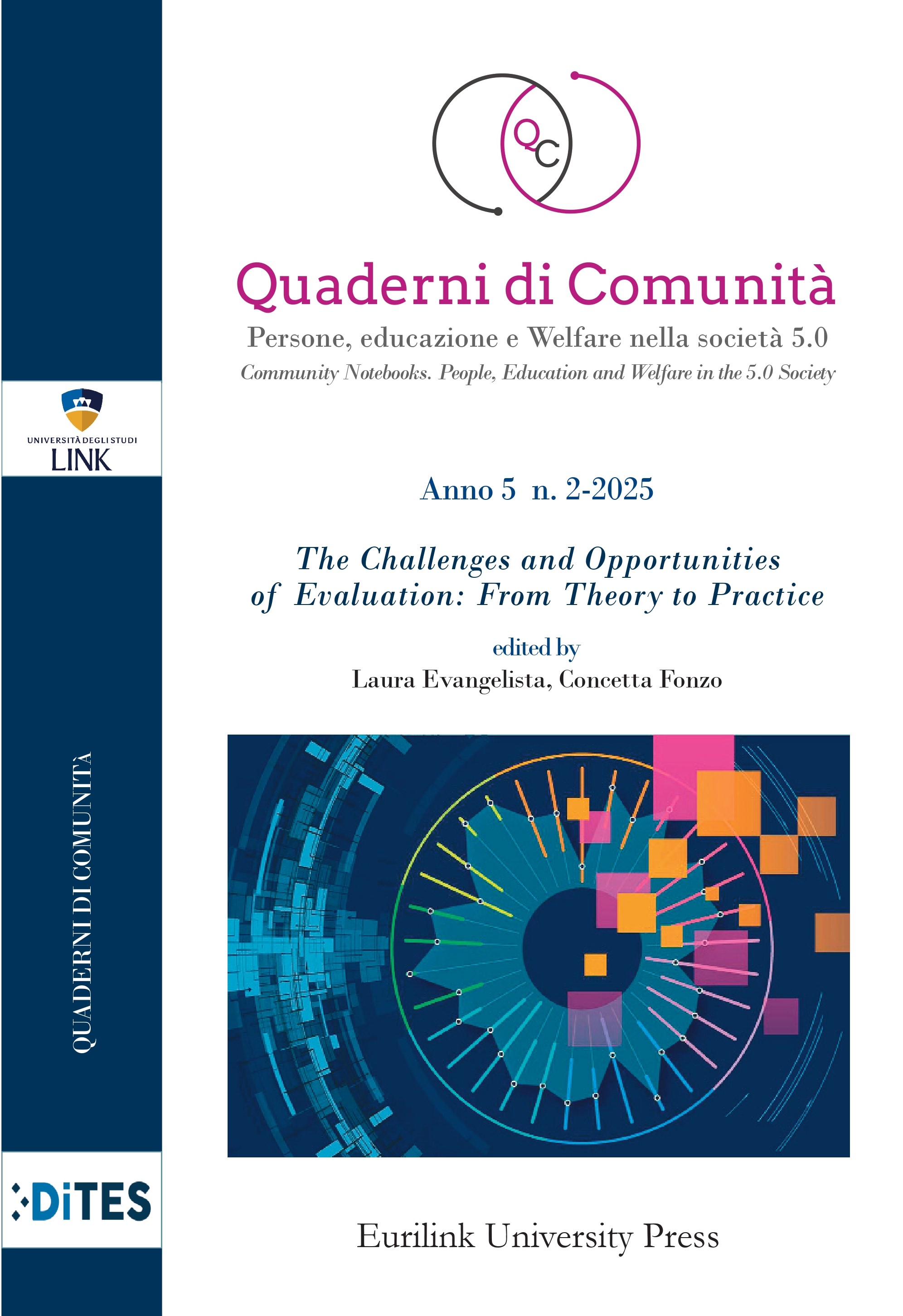The Apulian Spring, Twenty Years Later
Keywords:
apulian spring, realistic evaluation, populism, progressive policies, distributional effectsAbstract
The Apulian Spring has meant for a region of the South of Italy the attempt to reach an autonomous path to development. Twenty years later, is it possible to evaluate the main regional policies and the distributional effects on the population? The study aims to contribute to the debate on populism. According to the planning documents, Apulian Spring tried to transform economic and political regional institutions, making them more inclusive. Discussing the transformation of one of the least developed European regions in an attractive place can help understand the effects of progressive policies, in the age of right-wing populism.
References
Ho, S.Y. (1999), Evaluating urban regeneration programmes in Britain exploring the potential of the realist approach, Evaluation 5(4), 422–38. DOI 10.1177/135638999400830084.
Kenneth Galbraith, J. (1975/2021), Soldi, Milano, BUR.
La Malfa, U. (1973), Nota Aggiuntiva alla Relazione generale sulla situazione economica del Paese al 1961, presentata alla Camera il 22 Maggio 1962, Cagliari, Edizione Janus.
Pawson, R., & Tilley, N. (1997), Realistic Evaluation, London, Sage Publications.
Przeworski, A. (1991), «The Political Dynamics of Economic Reforms: East and South», in G. Hernes, A. Przeworski, & J. Elster (Eds.), Democracy and the Market. Political and Economic Reforms in
Eastern Europe and Latin America (pp. 136-187), Cambridge, Cambridge University Press. DOI 10.1017/CBO978113917249.
Sylos Labini, P. (1988). Saggio sulle classi sociali (10th ed.). Laterza.
Published
How to Cite
Issue
Section
License
Copyright (c) 2025 Community Notebook. People, Education and Welfare in the Society 5.0

This work is licensed under a Creative Commons Attribution-NonCommercial-NoDerivatives 4.0 International License.







